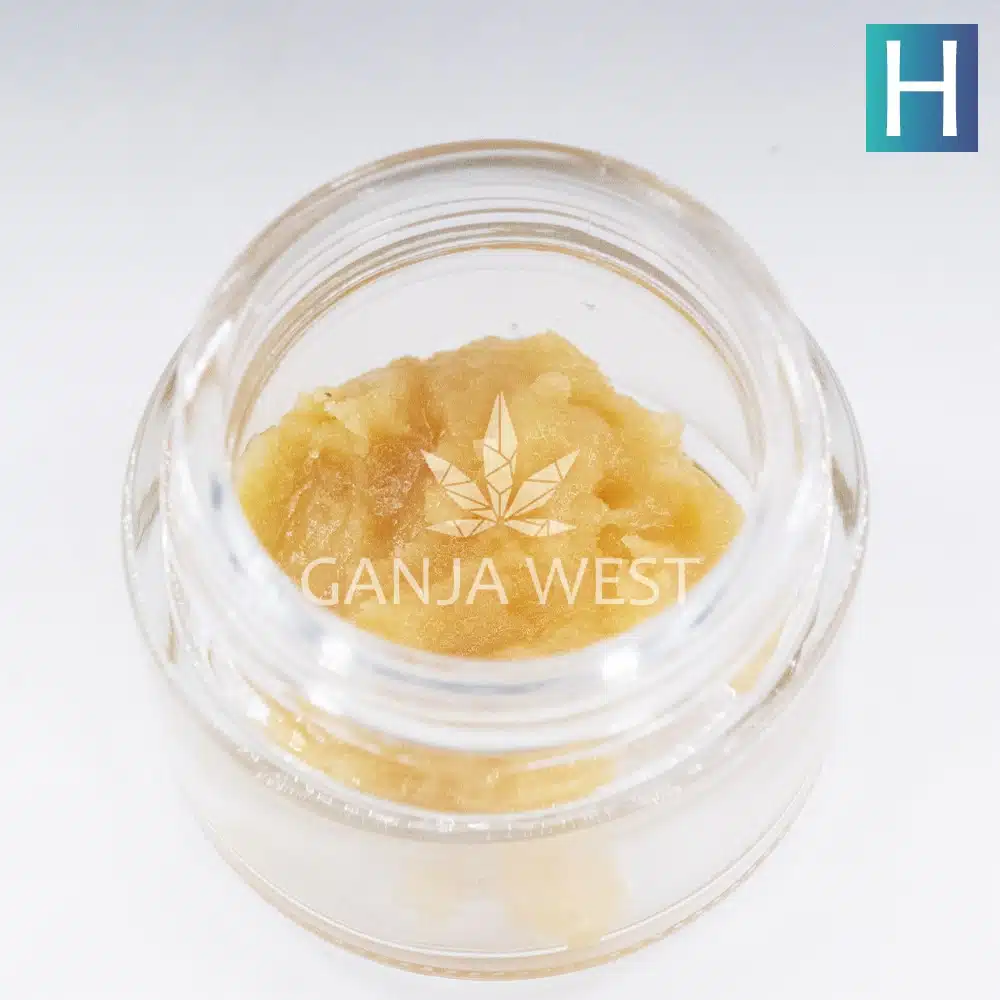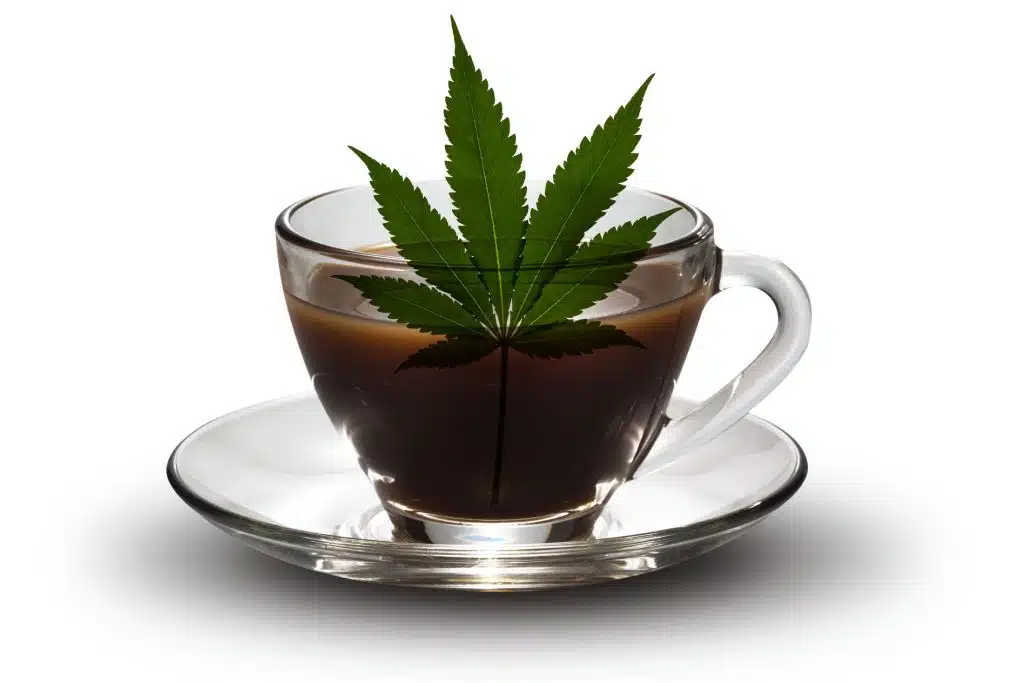Why Can’t Weed Brands Stay In Business?

Why Can’t Weed Brands Stay In Business?
A shortage of products is causing businesses to shutter their facilities. This is resulting in disappointed consumers and a plummeting stock price. This situation is still not yielding the profits that businesses hoped for.
These are some of the challenges that continue to plague Canadian cannabis LP’s four years after national recreational legalization. Producers are trying to course-correct in a market that is still awash in competitive challenges, such as price compression and strict marketing regulations.
Too much weed is actually a bad thing?
It’s likely that you’ll see headlines about Canadian cannabis grow facilities closing every month in 2021 and early 2022. This is because Canopy Growth shut down its one-million-square-foot greenhouse in Niagara-on-the-Lake last year, and also closed down two operations in British Columbia.
In the same year, Tilray shut down operations in Nanaimo to focus on cultivation in British Columbia at its Broken Coast facility. In April 2022, HEXO closed its Belleville, Ontario, facility to improve production outputs while significantly reducing costs across its entire network.
The reason all these closed facilities and layoffs occurred is because the Canadian cannabis market is producing too much weed.
According to Professor Andrew Potter, there was too much optimism after recreational legalization in Canada, and as a result we grew too much cannabis. Now that we’ve realized the dangers of over-production, we need to take a more measured, cautious approach to legalization in order to ensure a successful outcome.
He goes on to predict that cannabis will eventually become a valuable commodity, similar to tobacco, where the plant will be grown mainly in vast fields.
Prices have never been cheaper yet producers can’t move product
According to a recent analysis by Matt Lamers, cannabis producers in Canada have sold only a small percentage of their products since adult-use sales began in October 2018.
Only a small fraction of the cannabis produced in Canada actually makes it to store shelves.
We should have seen this coming. The enthusiasm in 2017 and 2018 encouraged investors to fund huge greenhouses, spurred by optimism buoyed entirely by how much cannabis could be produced. But now that we know the full extent of the problem, we think it’s important to take action before it gets any worse.
At first, Canadian LP greenhouse cultivation spaces were poorly built and expensive to maintain. However, with the help of CannDelta, these spaces have improved dramatically.
According to Statistics Canada, the price for recreational cannabis decreased by 10% between June 2021 and June 2022. This indicates that the cannabis market is still growing, and that there is a lot of demand for this product.
Miguel Martin, the CEO of Aurora Cannabis, told analysts in February that the company is going to stop selling products in certain categories that don’t make sense and are losing money.
Though beverages account for only 2% of total cannabis sales from the Ontario Cannabis Store, investors are still bullish about their potential. In 2018, Constellation Brands invested $5.2 billion into Canopy Growth, and they’re just as excited about the potential of drinks as they are about cannabis flowers.
Despite Seth Rogen’s Houseplant brand selling one million cans of their cannabis-infused sodas in the country, it seems that the popular beverages never materialized. However, this doesn’t mean that Houseplant is leaving the Canadian market permanently- it may only be for a temporary period.
So much data, yet so little profit
For some people, diving deep into beverages and edibles wasn’t worth the risk. “We looked into beverages and edibles, but we wanted to focus on inhalable cannabis formats,” says Sophie Pilon, director of investor relations and communications at Alberta-based Sundial.
To counteract the turbulence in the market, Sundial also invested in retailers. They acquired Alcanna, the private liquor retailer with its brands of Nova Cannabis and Value Buds stores, and Spiritleaf retail stores in the past two years.
This sound elegant and persuasive because it shows that the management team is thinking outside the box and looking for new ways to succeed in the cannabis industry.
The competitive advantage that hundreds of Sundial cannabis retailers now enjoy gives consumers what they want, which is more options and more variety.
Our data tells us that consumers want a variety of flavour profiles, so our production teams are making sure to provide that.
Looking to make some extra money? Then you’ll want to check out our site – we’ve found that Canadians love to pay less for high-quality flower. In the third quarter of 2021, almost two-thirds of online sales of dried flower came in the price-per-gram range of $3 to $6.50, while only 8% of sales were for purchased flower in the $10 to $13.50 range. So if you’re looking to make a profit, keep an eye on prices like this!
Organigram was one of the few producers to see its market share grow in 2021, and CEO Beena Goldenberg credits its Shred product as a key driver of those sales.
She says, “Many providers don’t have this kind of product, and if they did, they’d use Miller’s product, but we always ensure that quality is still going strong with Shred, which is why it remains in such high demand.”
At Sundial, we know that some consumers are more price-conscious than others. That’s why we offer our Value Buds outlets, which offer great value for the money. But we also know that not everyone is the same, which is why we offer our Spiritleaf outlets to attract the more premium-cannabis customer.
Many multi-banner strategies have not been successful for LPs, and Sundial is no exception. Additionally, stock market observers have been tracking negative results for LPs for months.
Looking at Canopy Growth’s stock price history, we can see that it has fallen significantly in the past year. On September 7, 2018, it was trading at $67.74, but as of August 15, 2022, it had fallen to $4.45. This clearly indicates that there is a lot of concern about the company’s future.
Bureaucracy comes between producer and consumer
Some industry critics say that there is still a major hurdle preventing growth in the Canadian cannabis space. “Because advertising and packaging restrictions are so severe, brands have a very limited ability to differentiate themselves from one another, and the government isn’t doing anything about it,” said Potter.
Goldenberg is disappointed that brands don’t have the opportunity to educate consumers beyond brick-and-mortar stores and age-gated sites.
Cannabis stigma still exists in this country because we can’t talk to people who are not invested in the industry, such as those who are nervous about using it.
It’s hard to get our educational projects seen by as many people as we would like through traditional media; Google and Facebook marketing just isn’t going to be effective at reaching a wider audience. That’s why I get frustrated when I see so many ads for online gambling.
There are indications that some LPs may be experiencing a turnaround this year.
Organigram is investing $38 million to upgrade its facility in Moncton, which will allow the company to produce an additional 70,000 kilograms of flower per year. This increase in production has resulted in a 88% increase in net revenue over the past year.
Statistics Canada reports that cannabis brands sales are up 20% compared to last year.
Edible products are growing in popularity, and some lines are gaining traction. A report from Headset found that the Canadian edibles market grew 118% in 2021 compared to the previous year. This indicates that there is potential for even more growth in the future.
This era of Canadian cannabis is full of challenges and opportunities. The successful brands will be the ones that are forward-thinking and move forward, while the unsuccessful ones will be those that are stuck in the past.
When things are uncertain, it’s not just what business leaders do that matters, but equally how they do it. That kind of progress makes for compelling viewing for anyone interested in the future of the Canadian cannabis space.
Conclusion
If you are interested in cannabis and THC products, check out Ganja West online dispensary at ganjawest.co!












